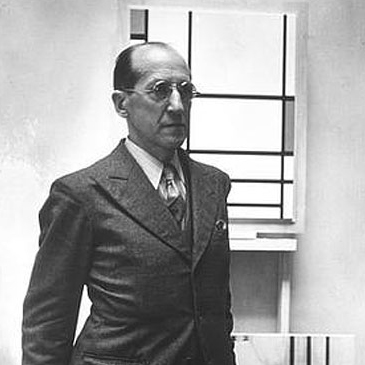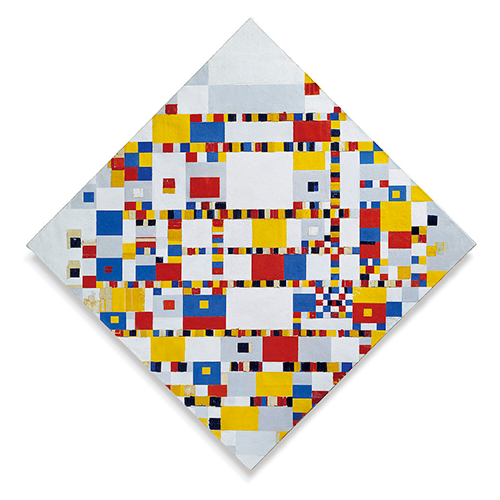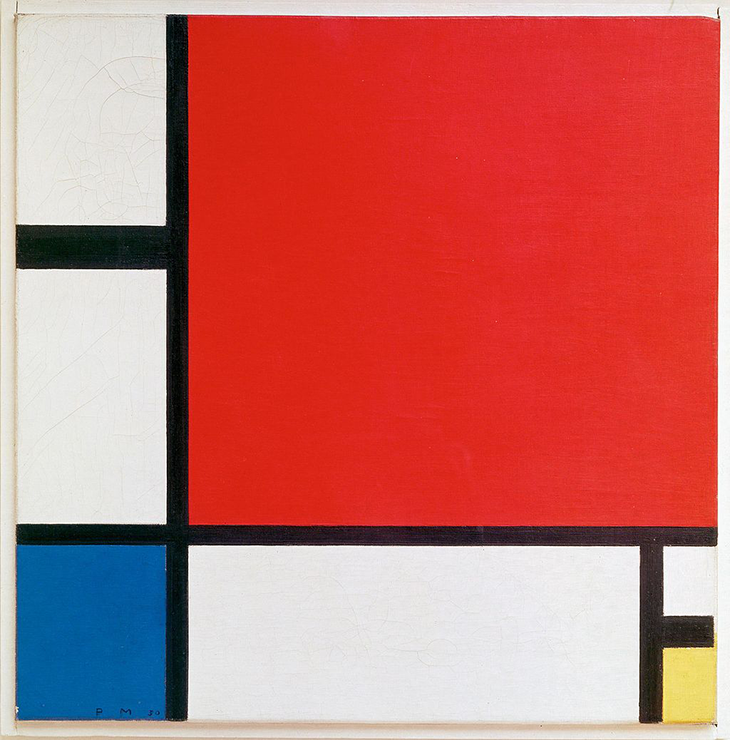"Everything is expressed through relationship. Colour can exist only through other colours, dimension through other dimensions, position through other positions that oppose them. That is why I regard relationship as the principal thing." - Piet Mondrian
Piet Mondrian paintings
Piet Mondrian painting’s work from 1910 through 1914 shows how his representative works became more and more geometric until they were totally abstract. Some of his paintings during this time — such as Still Life With Gingerpot I and Still Life With Gingerpot II — show a trend towards the Cubist style for which artists such as Georges Braque and Pablo Picasso are most well-known.
After that one painting, this practise remained dormant in Mondrian's work until he arrived in Manhattan, at that time he started to adopt it with abandon. In some examples of the new direction, such as Composition (1938) / Place de la Concorde (1943), he seems to have taken unfinished black-line paintings out of Paris and finished them in New York by incorporating short vertical lines of different colours, running between the longer black lines, or by a black line to the edge of the canvas. The recently coloured areas are thick, almost bridging the gap between forms and lines, and it's startling to see colour in a Mondrian painting that's unbounded by black. Other functions combine long lines of red amidst the black lines, developing a new sense of depth by the addition of a coloured layer on top of the black one. His painting Composition No. 10, 1939--1942, characterized by primary colours, white black and ground grid lines clearly defined Mondrian's radical but classical approach to the rectangle.
In the US and exactly New York, he joined American Abstract Artists and continued to publish texts on Neoplasticism. His late style evolved considerably in response to the city. In 1942 his first solo show took place in the Valentine Dudensing Gallery, New York. Mondrian died February 1, 1944, in New York.



